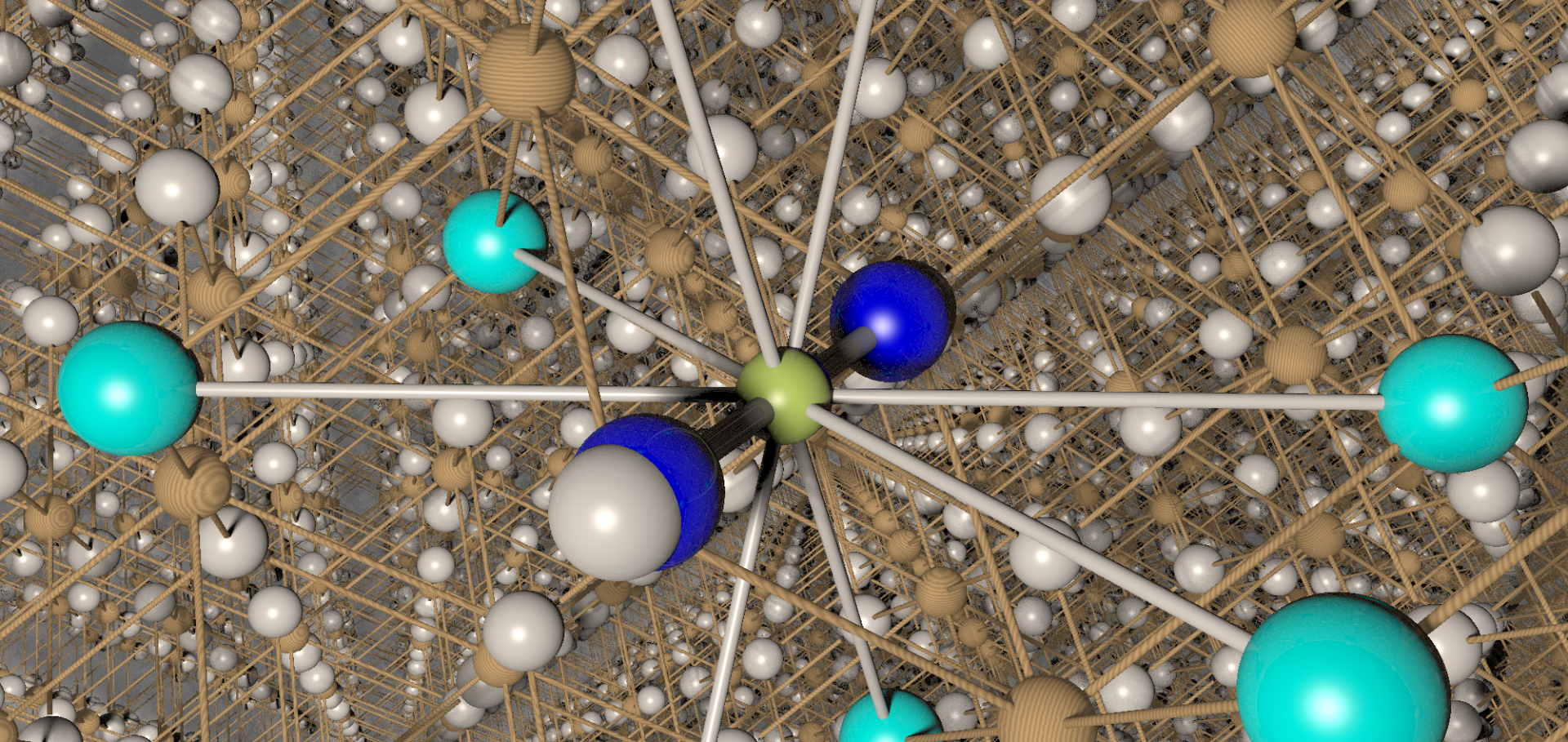Muons as a probe of magnetism in molecule-based low dimensional magnets
Journal of Physics Condensed Matter 16:40 (2004)
Authors:
T Lancaster, SJ Blundell, FL Pratt, ML Brooks, JL Manson, EK Brechin, C Cadiou, D Low, EJL McInnes, REP Winpenny
Abstract:
We present the results of muon spin relaxation (μ+SR) studies on low dimensional molecular magnet systems. μ+SR measurements have been carried out on the Cu-based chain compounds CuX2(pyz) (where X = Br, Cl, NCS and pyz = pyrazine) as a function of temperature and applied longitudinal magnetic field. Oscillations in the time dependence of the muon polarization, characteristic of magnetic order at two distinct muon sites, are detected in both CuBr2(pyz) (below TN = 3.6(1) K) and CuCl2(pyz) (below TN = 3.2(2) K). No evidence of magnetic order is observed in Cu(NCS)2(pyz) down to 0.35 K. The results are discussed in terms of the estimated Cu-X-Cu and Cu-(pyz)-Cu exchange constants. The theory of μSR in high spin molecule (HSM) systems, which are effectively zero-dimensional magnets, is discussed and results are presented on [Ni 12(chp)12(O2CMe)12(H 2O)6(THF)6] (S = 12), [Mn9O 7(OAc)11(thme)(py)3(H2O) 2] (S = 17/2) and [Fe14(bta)6(O) 6(OMe)18 Cl6] (S ≥ 23). Measurements made in applied longitudinal magnetic fields on HSM materials at dilution refrigerator temperatures strongly suggest that dynamic local magnetic field fluctuations are responsible for the relaxation of the muon spin ensemble. Trends in temperature and field dependent behaviour in these systems, as probed by the muon, are discussed.


